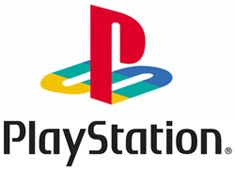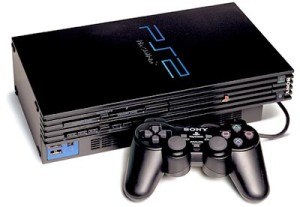PlayStation: How Sony came to dominate the gaming industry

Game consoles had been around for a while. During the 80’s, Atari and Nintendo dominated the industry and during the first years of the 90’s, Nintendo and Sega were the key players. But it was not until Sony’s entrance to the space that the real gaming war started.
The Original PlayStation
In December 1994, Sony released the first PlayStation console, when the industry didn’t even consider Sony as a legitimate rival. They were to compete with the “fifth generation” of consoles, having as main rivals the Nintendo 64 and the Sega Saturn. Some of the key differences of the PlayStation were that it processed games stored on CD-ROMs and it introduced 3D graphics to the industry.
From the beginning, Sony understood the key importance of indirect network effects in the gaming industry, and were very smart in taking advantage of them: Before the PlayStation was released, Sony established Sony Computer Entertainment, a creative division to contribute with games and console development for the PlayStation. Additionally, they sign up 250 video game developers to build a considerable library of games for the console, giving users a lot of options from the beginning.
On the developer’s side, the PlayStation was technologically superior and much more attractive for developers than their competitors. By having CD-ROM and 3D graphics, developers were able to create much more sophisticated games than for its competitor’s consoles, with advanced graphics and much more capacity for game storage. Final Fantasy, one of the most successful video game sagas ever, changed to PlayStation after developing 6 titles for Nintendo and Super Nintendo. The main reason for this, was that their new title, Final Fantasy VII, couldn’t fit into the small capacity Nintendo 64 cartridges. Many game critics see this event as one of the key factors of Sony’s success in the gaming industry, and credited Final Fantasy VII as “the game that sold the PlayStation”.
PlayStation 2
In 2000, Sony released the new generation of PlayStation (named PlayStation 2) a full year before Nintendo’s GameCube and Microsoft’s Xbox, the other “sixth generation” consoles, reached the market. The PS2 success was immediate: 980,000 units were sold in one day in Japan.
One of the main drivers of the PS2 success, and again related with indirect network effects, was its “backwards” compatibility. This new console was compatible with the original PlayStation titles, giving PlayStation users the chance to use their old games in the PS2 without an additional investment, and new users a huge library of titles. This gave the new console a great advantage over its competitors, by reducing users switching costs from PS to PS2 over a GameCube or Xbox.
I think Sony’s management was incredibly cunning in identifying its competitors’ weaknesses and developing its products to taking advantage of the network effects present in the gaming industry. They created a platform that delivered great value to users and developers, which led them to become leaders in a completely new industry for Sony. The success was huge: PlayStation and PlayStation 2 sold more that 100 and 155 million units respectively, becoming the 2 best selling gaming consoles so far.





It is interesting how the industry learns about these effects and how other players now also use indirect network effects like the ones you mention to get traction in this industry. Xbox 360 launched before PS3 and made sure to have both emblematic games that “sold the console” and a load of exclusive developers for its console. This added to the low price they charged for the Xbox 360 put Sony in a very bad place for that generation. Interestingly, now with the PS4 Sony managed to return the favor. I am curious about how much value is destroyed for these companies in the process of achieving the scale needed for these network effects to take place now that everyone seems to understand the game.
great post “GA”. I find really interesting the point you have made about the compatibility of the games between different versions of the same console, promoting the upgrade of the hardware and at the same time, locking competitors. I recommend you also to take a look at current PS4 business model, which also present strong network effects. From one side, Sony has encouraged the multi-player scenarios, generating direct network effects. Also, it has leveraged indirect network effects by promoting to use the PS4 as a central platform for third party media providers, such as Netflix, Hulu and Spotify.
Great points made but what about the direct network effects on the consumer side? My family owned a PS1 and PS2. I remember often being frustrated with the inability to have more than two players. N64 changed the norms when the base console came with four controller ports versus two for every other past console (Dreamcast was there but does it really count?). XBox was arguably ahead of the curve when it came to online connectivity through XBox Live. Would you say Sony has continued to win the network effects game? Or have they been winning based on product quality and leveraging the rest of the Sony empire?
Two questions, both regarding Sony’s future.
Given that the PS3 was originally backwards compatible (BC) with all of its predecessors, why did it still fall behind? How did the removal of its BC with PS2 games mess with the network effects? It seems that the pricing involved killed the economics; it was already too expensive to make the PS3 and getting rid of the PS2 portion allowed Sony to say “if you want PS2 games you have to buy them again online.” I wonder if they would have been better off just eating the loss and keeping the BC.
How does the lack of backwards compatibility affect the PS4? The system seems to be doing quite well right now, even though nothing got carried over this time around.